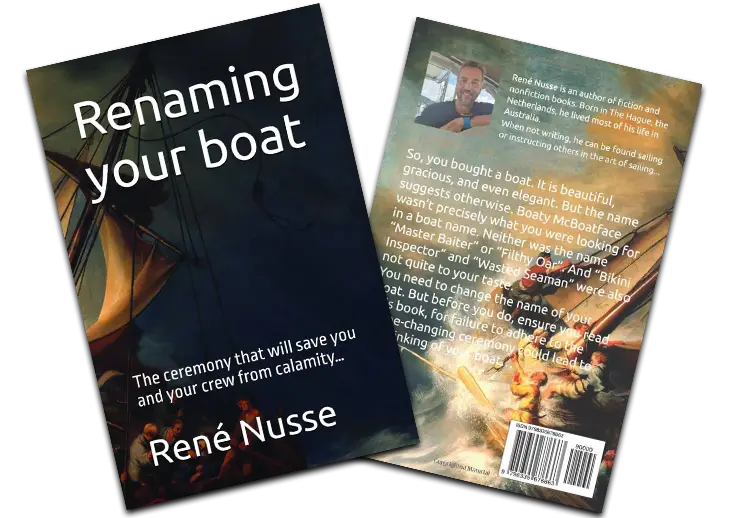11 tips on anchoring
Anchoring your boat correctly is crucial for safety and stability while at rest. Here are some tips to help you anchor your boat effectively:
1. Choose the Right Anchor
- Types of Anchors: Select an anchor suitable for the seabed you’ll be anchoring in (e.g., sand, mud, rock). Common types include Danforth, plough, and mushroom anchors.
- Size: Use an anchor that is appropriately sized for your boat. Consult the manufacturer’s recommendations or use a sizing chart to ensure you have the right weight.
2. Find a Good Location
- Avoid Hazards: Choose a location free of underwater hazards like rocks, reefs, or submerged debris. Avoid anchoring near channels or busy areas.
- Depth: Ensure the water is deep enough for your anchor to hold securely but not so deep that the anchor line becomes too long or tangled.
3. Use the Right Scope
- Scope Ratio: The scope is the ratio of the length of the anchor rode (chain or rope) to the depth of the water. A common recommendation is a scope of 5:1 (the length of the rode is five times the depth) in calm conditions or 7:1 in rough conditions.
- Adjust for Conditions: Increase the scope in rough weather or if the seabed is poor.
4. Deploy the Anchor Correctly
- Slow and Steady: Lower the anchor slowly and carefully to avoid damaging the anchor or the boat. Let it hit the bottom and then let out enough rode to achieve the desired scope.
- No Power: Do not use the engine to drop the anchor. Instead, let it fall freely and pay out the rode manually.
5. Set the Anchor
- Back Down: Once the anchor is on the bottom, gently back the boat up to set the anchor into the seabed. Apply some power to the engine in reverse while keeping the boat stationary to help the anchor dig in.
- Check Set: Once you’ve backed down, check to ensure the anchor is set properly by observing if the boat is holding steady and not dragging.
6. Monitor and Adjust
- Check Holding: Periodically check that the anchor is holding by observing your position relative to fixed landmarks or using electronic equipment like GPS.
- Re-adjust if Necessary: If you notice the boat drifting or the anchor dragging, reset the anchor by retrieving it and repositioning it as needed.
7. Use Proper Anchor Rode
- Chain and Rope: A combination of chain and rope can be effective. The chain helps to lay the rode flat on the seabed, while the rope allows for flexibility and is easier to handle.
- Chain Length: If possible, use an appropriate length of chain, as it adds weight and helps the anchor stay in place.
8. Secure the Anchor Line
- Cleat or Winch: Secure the anchor line to a strong cleat or winch on the boat. Ensure it’s properly tied off and not at risk of coming loose.
- Use a Snubber: A snubber line can absorb shock loads from wind and waves, reducing strain on the anchor line and fittings.
9. Consider Weather Conditions
- Wind and Tides: When anchoring, consider prevailing winds and tides. Ensure your anchor will hold in expected conditions and the boat’s swing radius is clear of other boats or hazards.
10. Plan for Emergencies
- Quick Release: Know how to release the anchor in an emergency quickly. Ensure that the anchor rode can be easily freed if needed.
- Backup Plan: Have a backup plan if your primary anchor fails. Consider carrying a secondary anchor or planning to move to a different location if necessary.
11. Practice Good Anchoring Etiquette
- Avoid Crowding: Don’t anchor too close to other boats. Allow enough space for everyone to swing freely.
- Leave Room: Ensure enough room for your boat to swing around the anchor without colliding with other boats or objects.
Following these tips will improve your anchoring technique and ensure a secure and stable hold for your boat while at anchor.
Other articles on anchoring
Renaming your boat
The ceremony that will save you and your crew from calamity…
So, you bought a boat. It is beautiful, gracious, and even elegant. Unfortunately, its name suggests otherwise.
Boaty McBoatface wasn’t precisely what you were looking for in a boat name. Neither was the name “Master Baiter” or “Filthy Oar”. And “Bikini Inspector” and “Wasted Seaman” were also not quite to your taste.
You need to change the name of your boat.
But before you do, ensure you read this book, for failure to adhere to the name-changing ceremony could lead to the sinking of your boat…
Author
-

Rene is a keelboat instructor and sailing coach in the Mandurah area WA. He is also the author of several books about sailing including "The Book of Maritime Idioms" and "Renaming your boat".
View all posts



